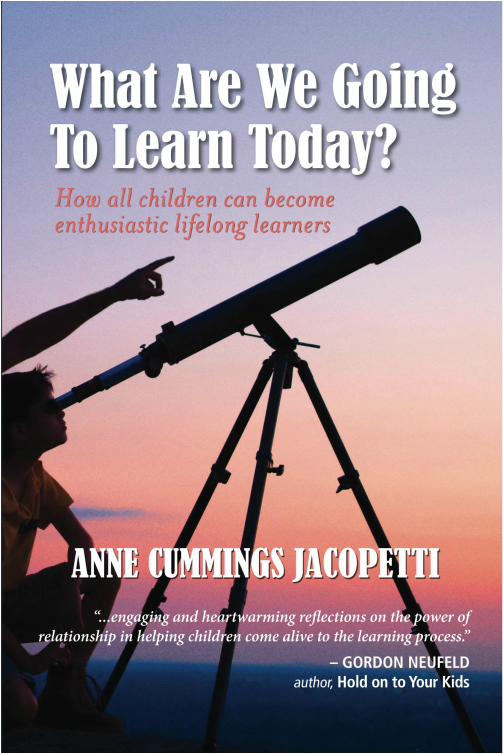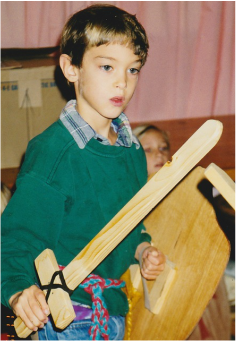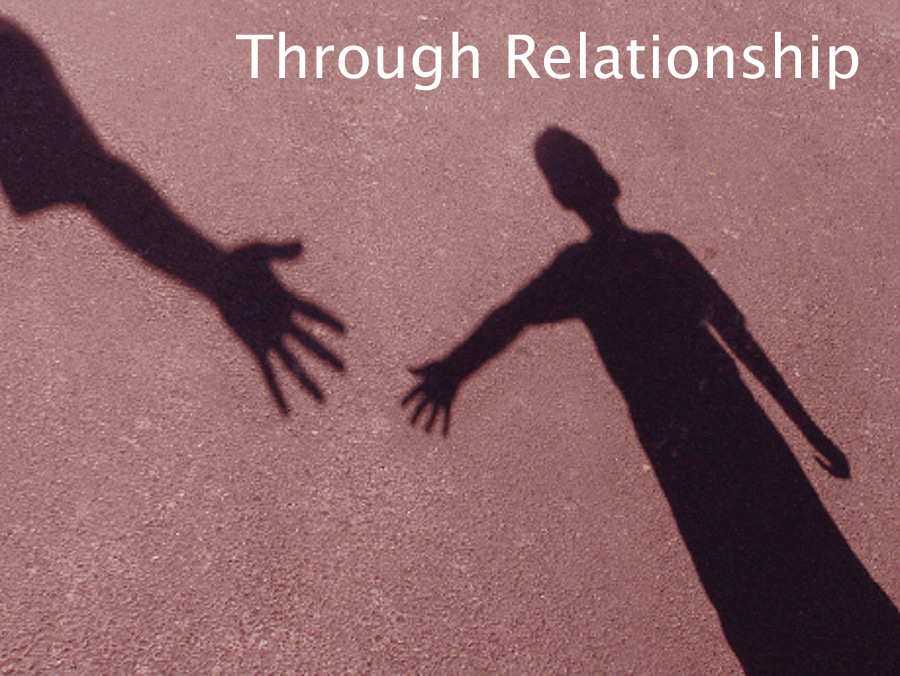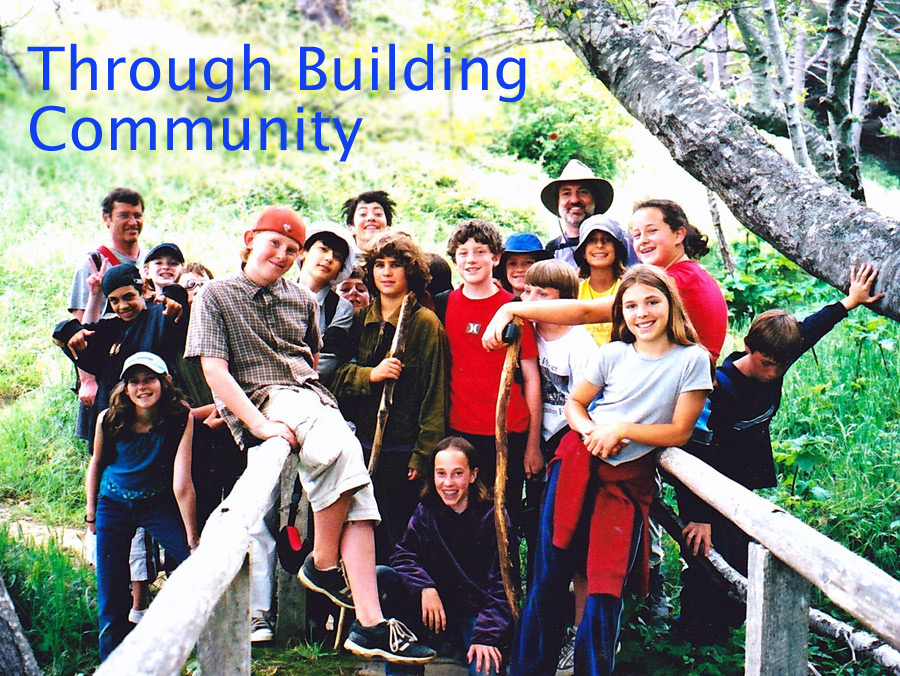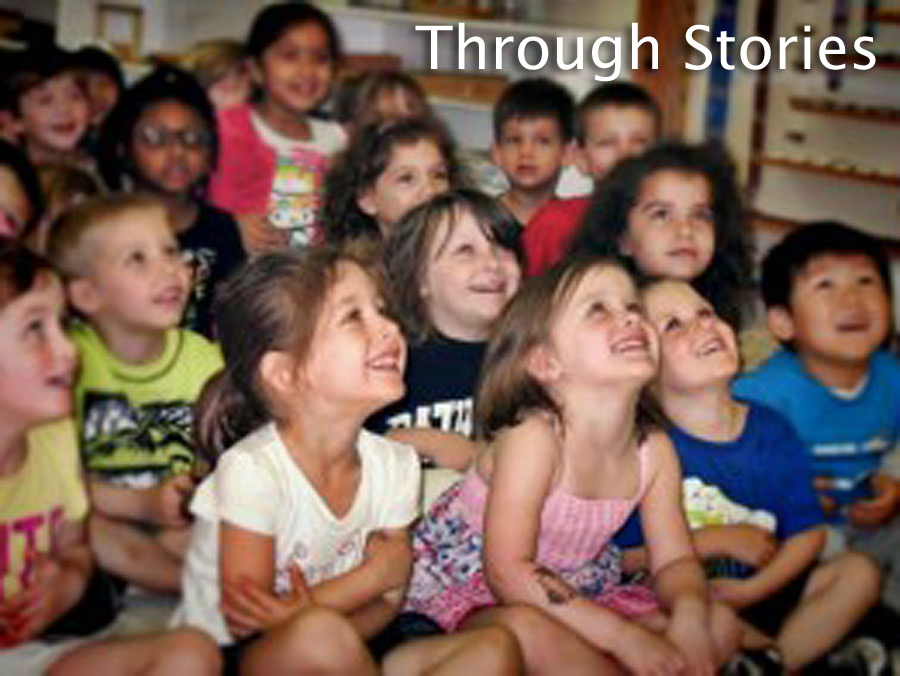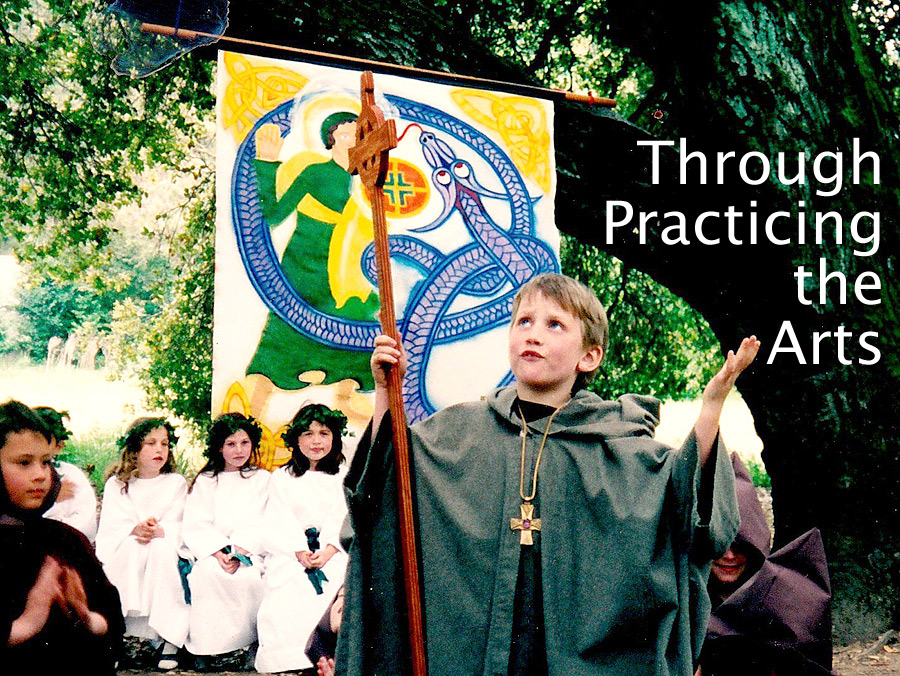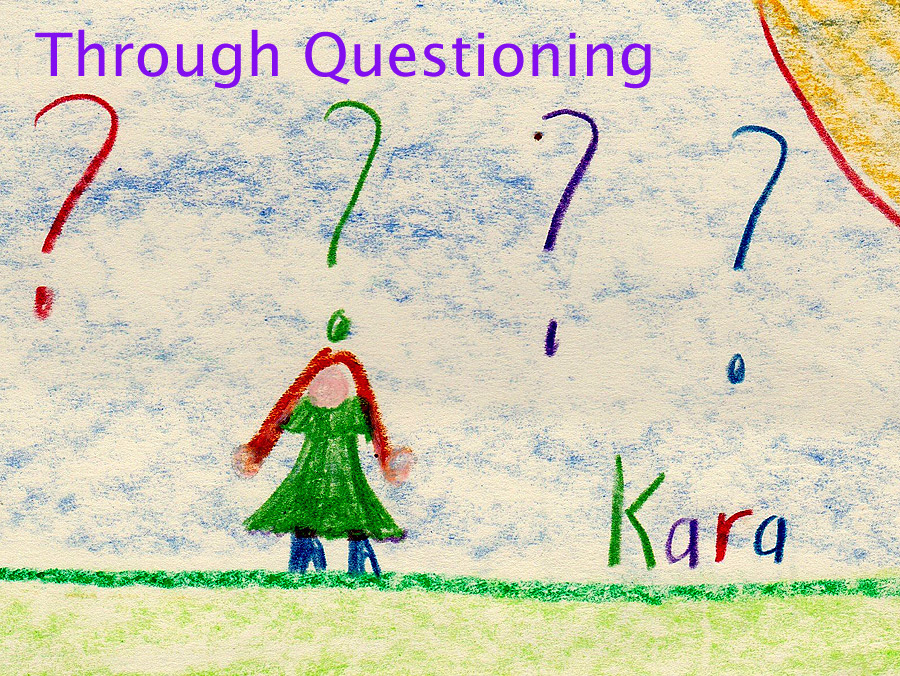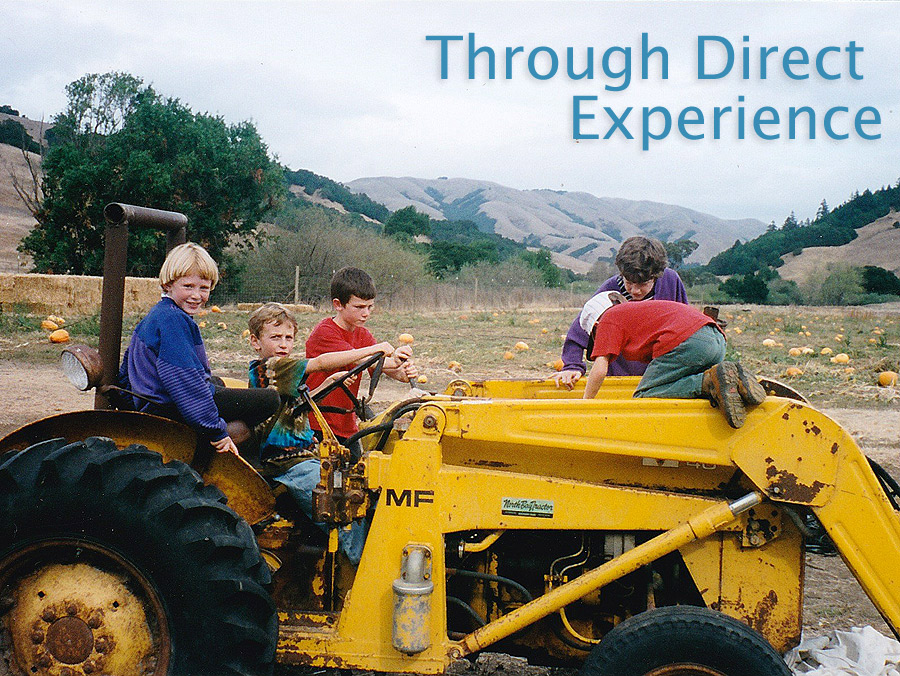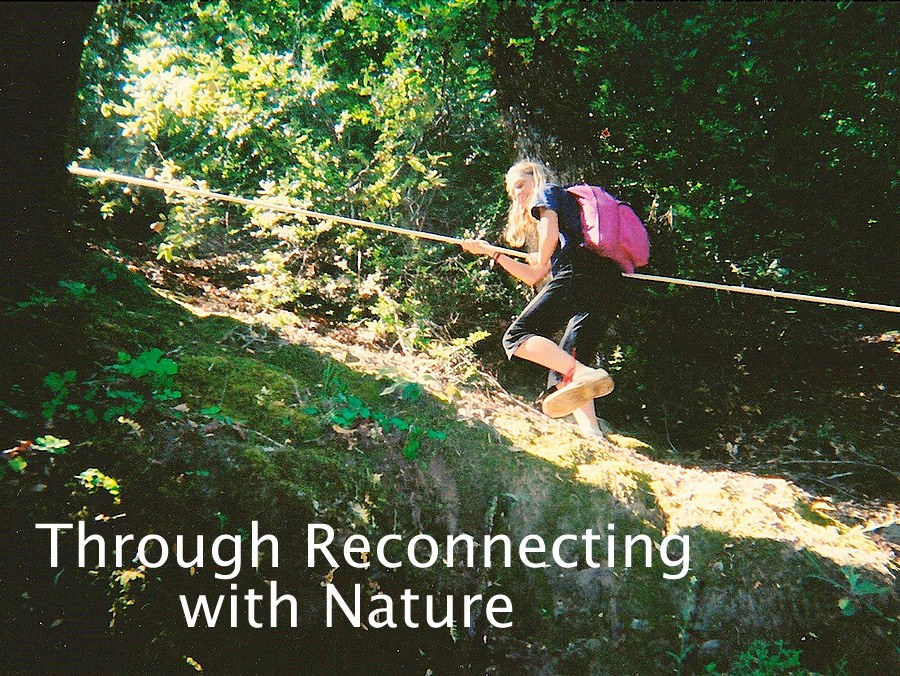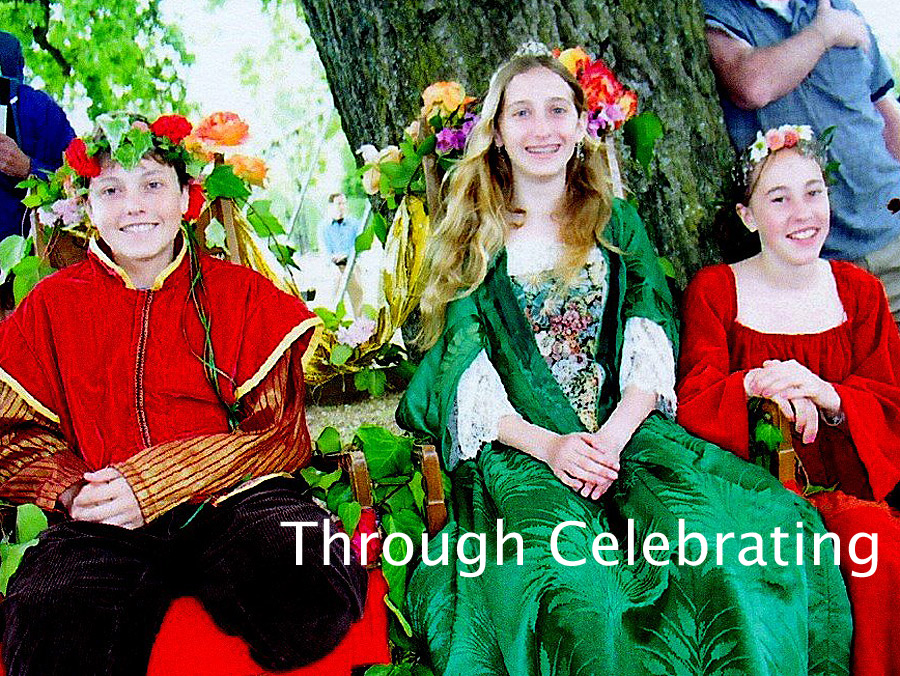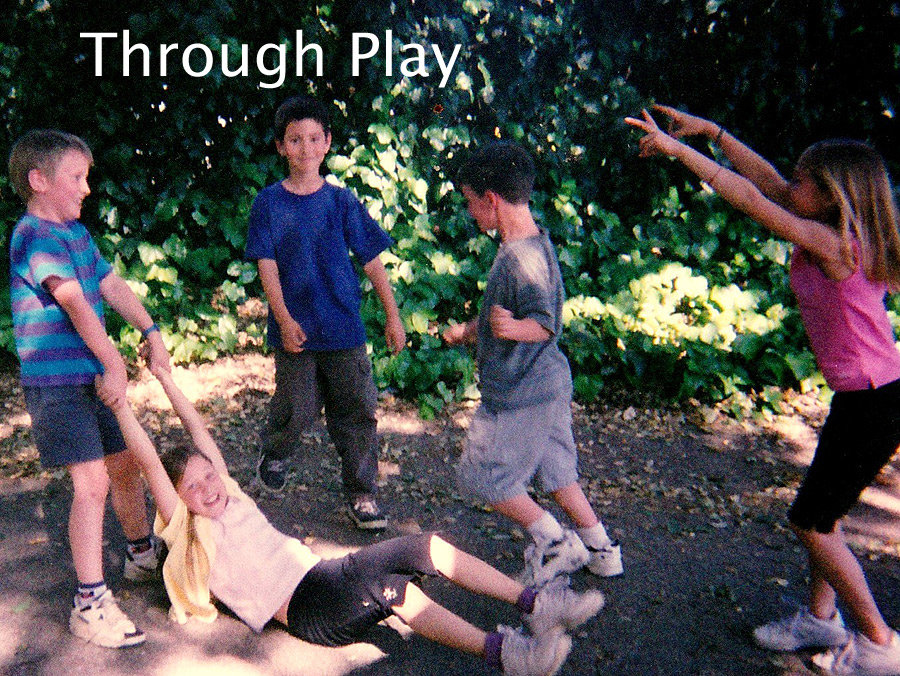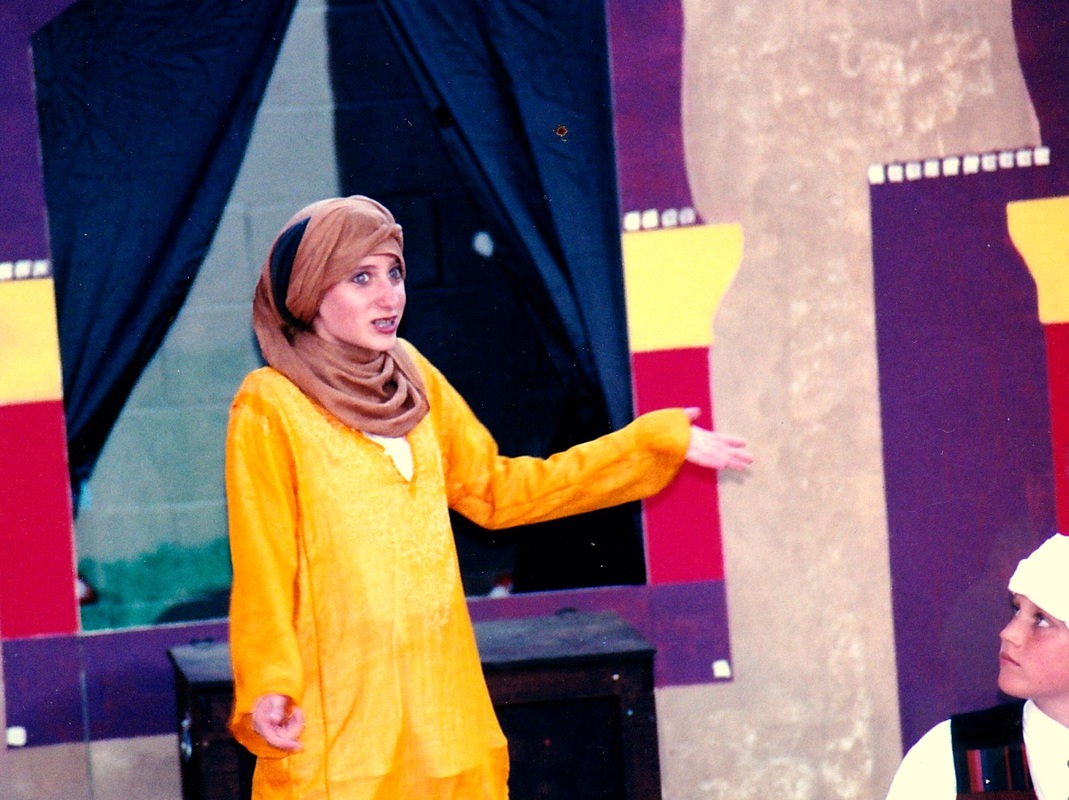About the BookDear Readers, |
See Chapter Summaries Below
|
From The Preface of What Are We Going To Learn Today?
|
What I learned from my many years in the classroom is tragically at odds with our current educational reform movement and its reliance on a standardized curriculum with computerized assessments to determine the success of children, teachers and schools. . . What Are We Going To Learn Today? is my attempt to address this crisis foundationally by looking at children and how they learn in order to understand why so many of our current schools are failing. I also address what we must do instead to transform our public schools into places where all children and teachers can thrive, learn and develop the capacities and skills necessary to meet the tremendous challenges that will be facing them in the decades ahead.
|
Chapter Summaries
Chapter 1
How Children Learn. Children are born ready to learn; their survival depends on it and they respond primarily to elements that have evolved with our humanity, predating civilization. Curriculum and pedagogy change with time, but these basic elements supporting healthy learning do not change. |
|
|
